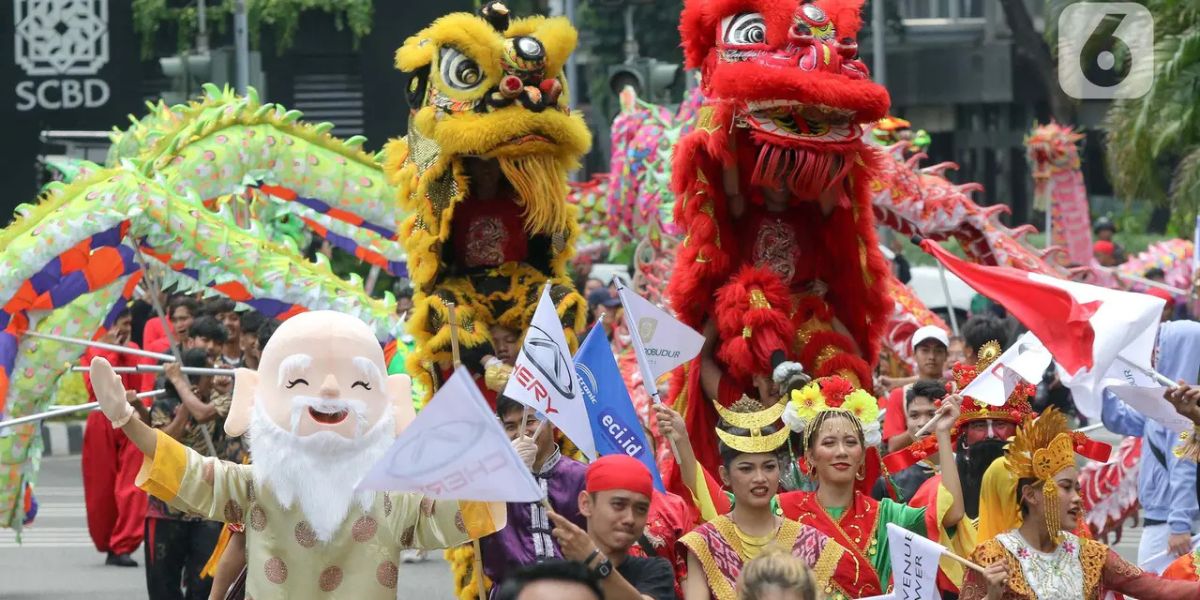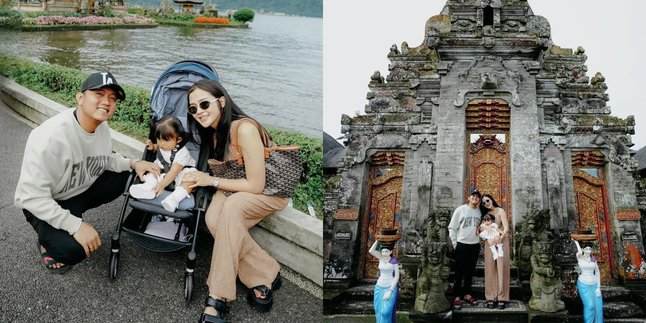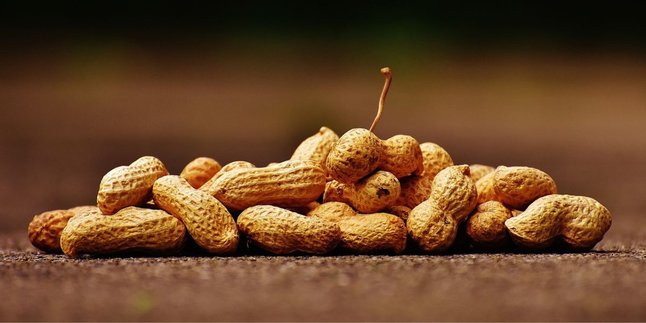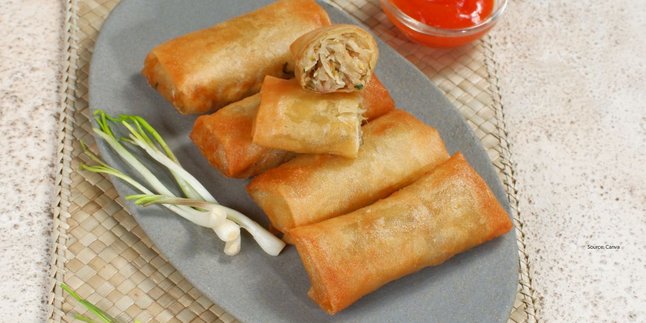Kapanlagi.com - Cap Go Meh 2025 is just around the corner! Every year, the Chinese community around the world celebrates this special moment as part of the Lunar New Year festivities. The festival, which falls on the 15th day after the Lunar New Year, serves as a vibrant conclusion to the New Year celebrations according to the Lunar calendar. A variety of rich traditions and cultures have been passed down from generation to generation, from the dazzling lantern festival, captivating lion dance performances, to the mouthwatering traditional culinary dishes.
In 2025, Cap Go Meh will be celebrated with an equally exciting spirit. Based on the Lunar calendar calculations, this celebration will take place on Wednesday, February 12, 2025. For the Chinese community, Cap Go Meh is not just a celebration, but also a symbol of togetherness and an opportunity to pray and seek good fortune in the new year.
However, the meaning of Cap Go Meh goes much deeper than just gathering and enjoying culture. This festival has strong historical roots, relating to the worship of the God Thai Yi during the Han Dynasty, and has now evolved into a tradition celebrated by a wide community. In various countries, including Indonesia, Cap Go Meh also has its own distinctive characteristics, resulting from a fascinating cultural acculturation.
1. When is Cap Go Meh 2025 Celebrated?
Cap Go Meh, which is always celebrated on the 15th day of the first month in the Chinese calendar, will echo its festivities on Wednesday, February 12, 2025, coinciding with the first full moon of that year.
This celebration marks the peak and also the conclusion of the Lunar New Year that begins on January 29, 2025. In Indonesia, the euphoria of Cap Go Meh is felt in various regions with large Chinese communities, such as Singkawang, Jakarta, and Medan.
Various exciting activities are ready to delight the eyes, ranging from vibrant cultural festivals, stunning lion dance performances, to solemn religious rituals at temples, making this celebration a moment eagerly awaited by many.
2. History and Meaning of the Cap Go Meh Celebration
The history of Cap Go Meh, which dates back to the Han Dynasty in the 17th century, began as a sacred ceremony to honor the deity Thai Yi, the ruler of the heavens, which was originally only held within the royal palace.
Over time, this celebration expanded and was adopted by the community, transforming into a lively festival filled with various cultural and religious activities.
In China, it is known as the Lantern Festival, where the sky is filled with thousands of colored lanterns symbolizing hope and luck.
In Indonesia, this tradition has transformed through acculturation with local culture, one of which is reflected in the dish of Cap Go Meh lontong, a unique blend of Chinese and Javanese cuisine.
Moreover, this celebration also becomes a special moment to strengthen ties among the rich ethnicities and cultures in the homeland.
3. Traditions and Rituals Conducted During Cap Go Meh
Cap Go Meh is not just a celebration, but also has deep spiritual and cultural significance. Some of the traditions conducted during Cap Go Meh include:
- Lantern Festival – Thousands of lanterns are released into the sky as symbols of hope and prayers for a better year.
- Barongsai and Liong Attractions – The barongsai and dragon dances are believed to drive away evil spirits and bring good fortune.
- Prayers and Offerings at the Temple – The Chinese community usually visits temples to pray and make offerings to their ancestors.
- Family Meals – The tradition of dining together with special Cap Go Meh dishes becomes a much-anticipated moment of togetherness.
In some areas like Singkawang, West Kalimantan, Cap Go Meh is celebrated with the unique Tatung tradition, where participants known as Tatung perform acts such as walking on fire or piercing their bodies with sharp objects as a form of spiritual devotion.
4. Special Cap Go Meh Cuisine Full of Meaning
In addition to being celebrated with various cultural attractions, Cap Go Meh is also synonymous with special cuisine that has symbolic meanings. Some dishes that are often served during this celebration include:
- Lontong Cap Go Meh – This dish is a result of the acculturation of Chinese and Javanese cultures. Lontong symbolizes good fortune and longevity, while its yellow coconut milk soup symbolizes prosperity.
- Haisom (Sea Cucumber) – This seafood dish symbolizes welfare and prosperity due to its relatively high price.
- Onde-onde – Its round shape symbolizes the continuous flow of fortune and luck.
These foods are not just ordinary dishes, but also serve as symbols of good hopes for the new year.
5. Differences Between Imlek and Cap Go Meh
Although both are inseparable parts of the Lunar New Year celebration, Cap Go Meh and Imlek have different nuances. Imlek, celebrated on the first day of the Lunar calendar new year, marks a hopeful beginning, where families gather, red envelopes are shared, and prayers are offered for ancestors.
On the other hand, Cap Go Meh, which falls on the 15th day, is the peak of this celebration, filled with the excitement of cultural festivals, such as sparkling lanterns and mesmerizing lion dances, marking a festive closure to the overall celebration.
6. Why is Cap Go Meh celebrated 15 days after Imlek?
Because the 15th day in the Lunar calendar marks the first full moon after the Lunar New Year, symbolizing completion and new hopes.
7. What does the name Cap Go Meh mean?
Cap Go Meh comes from the Hokkien language, where "Cap" means ten, "Go" means five, and "Meh" means night. So, it literally means "the 15th night".
8. Is Cap Go Meh only celebrated by the Chinese community?
Although it is a Chinese tradition, in Indonesia, Cap Go Meh has also become a multicultural celebration involving various ethnicities and cultures.
(kpl/rmt)
Disclaimer: This translation from Bahasa Indonesia to English has been generated by Artificial Intelligence.












